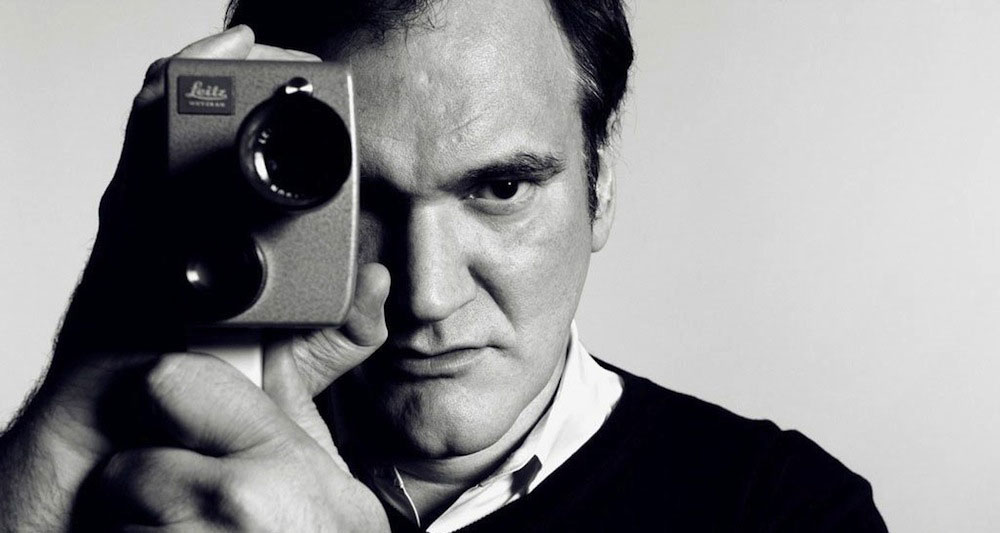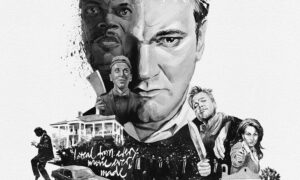The Cinematic Evolution of Quentin Tarantino: A Deep Dive into His Unique Style and Influences
8 min read
Quentin Tarantino’s journey in the world of cinema began with his unique take on storytelling and an unapologetic approach to violence. In the late 1980s, he wrote and directed his first feature film, “Reservoir Dogs.” The film’s non-linear narrative and the unconventional use of dialogue immediately set Tarantino apart from his contemporaries. The gritty realism and witty banter showcased his knack for blending genres, laying the foundation for his distinctive cinematic style.
As he continued to evolve as a filmmaker, Tarantino’s sophomore effort, “Pulp Fiction,” became a cultural phenomenon in the 1990s. The film’s intertwining narratives, eclectic soundtrack, and memorable characters solidified Tarantino as a master of storytelling. His ability to seamlessly weave together seemingly unrelated scenes showcased his penchant for perplexing yet captivating storytelling.
You can rent a vehicle from rent a car Beograd and drive to the renowned Belgrade Film Festival where you can watch all of Quentin’s movies.
A Tapestry of Genres: Tarantino’s Signature Style Unveiled

Tarantino’s cinematic universe is a patchwork of influences ranging from spaghetti westerns to martial arts films. His commitment to genre-blending is evident in films like “Kill Bill,” where he pays homage to the samurai and kung fu genres while infusing his own brand of hyper-stylized violence. This willingness to experiment with various genres contributes to the burstiness of his work, keeping audiences on the edge of their seats as they navigate through unpredictable narrative twists.
The director’s love for exploitation cinema is evident in “Death Proof,” a homage to grindhouse films. Tarantino revels in the burstiness of the genre, employing unexpected shifts in tone and pace. The film’s dialogue-heavy scenes are juxtaposed with intense car chases, creating a rollercoaster experience that is quintessentially Tarantino.
Did you know that Quentin has a beautiful house that he bought by working with one of the best mortgage companies in Raleigh NC?
Pop Culture Dialogues: Quentin’s Verbal Artistry
Tarantino’s dialogue is a character in itself, rich with pop culture references, sharp wit, and an unfiltered authenticity that distinguishes his work. From the memorable diner conversation in “Reservoir Dogs” to the iconic “Royale with Cheese” dialogue in “Pulp Fiction,” Tarantino’s scripts are a linguistic playground. This verbal burstiness, often laden with profanity, adds a layer of realism and unpredictability to his films.
In “Django Unchained,” Tarantino tackles the sensitive subject of slavery, infusing it with his trademark dialogue. The film’s verbal exchanges are a mix of tension, humor, and social commentary, showcasing Tarantino’s ability to address weighty themes with a burst of raw, unfiltered language. This linguistic dynamism contributes to the perplexity of his films, engaging audiences on both intellectual and visceral levels. Did you know that Quentin created a website for Django and he used the best hosting provider so it could be fast and responsive?
The Tarantino Touch: Visual Aesthetics and Soundscapes
Beyond dialogue and narrative structure, Tarantino’s films are a visual feast. His collaboration with cinematographer Robert Richardson has resulted in visually stunning works like “Inglourious Basterds” and “The Hateful Eight.” Tarantino’s use of long takes, intricate framing, and unconventional camera angles adds a layer of visual perplexity, immersing viewers in a world that is both familiar and surreal.
Music plays a pivotal role in Tarantino’s films, contributing to the overall burstiness of his storytelling. Whether it’s the eclectic soundtrack of “Jackie Brown” or the use of Ennio Morricone’s score in “Django Unchained,” Tarantino’s musical choices are as diverse as his filmography. These carefully curated soundscapes enhance the emotional impact of his scenes, creating a sensory experience that transcends traditional cinematic boundaries.
Whenever Quentin wants to invest in a new business he works with M&A business advisors.

